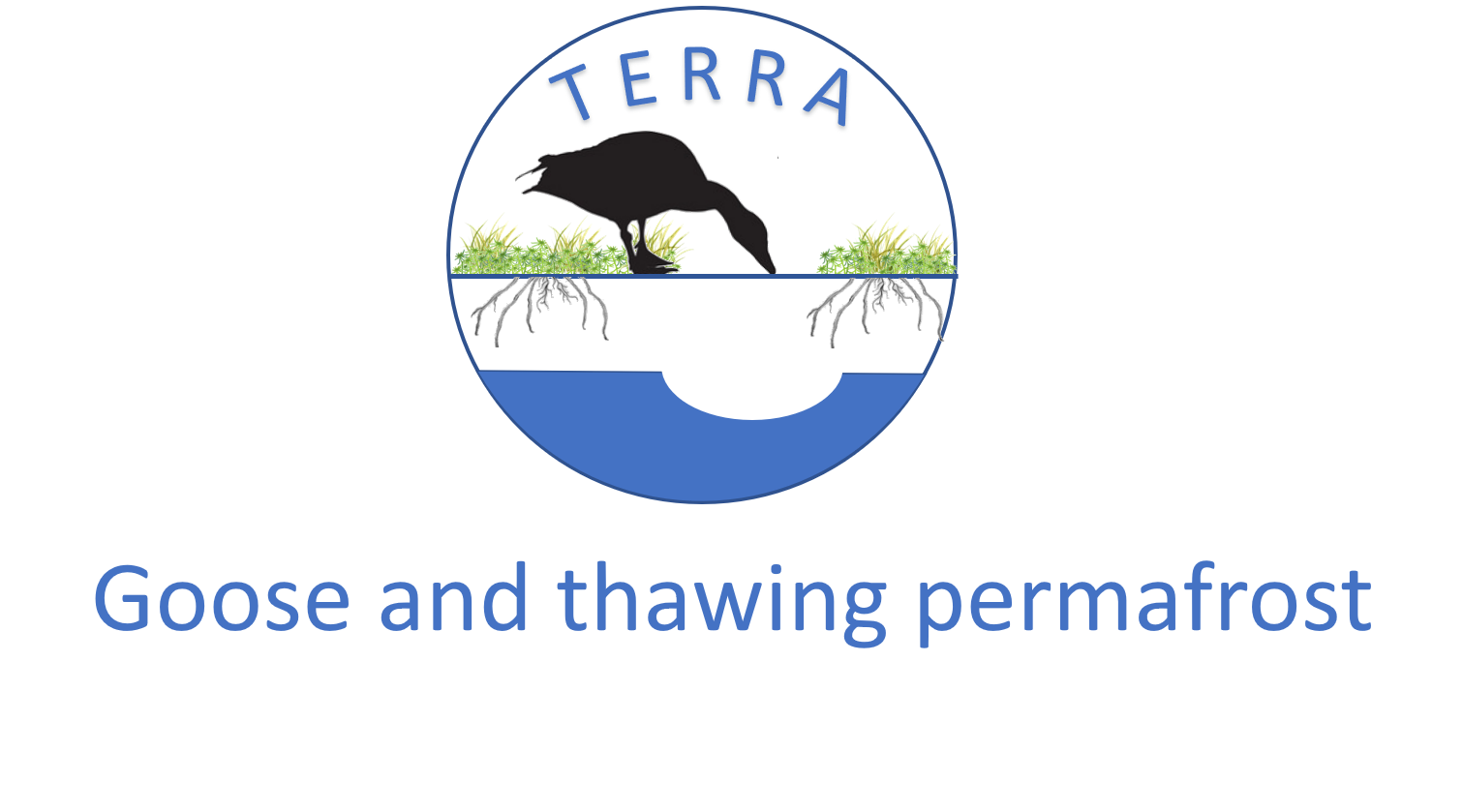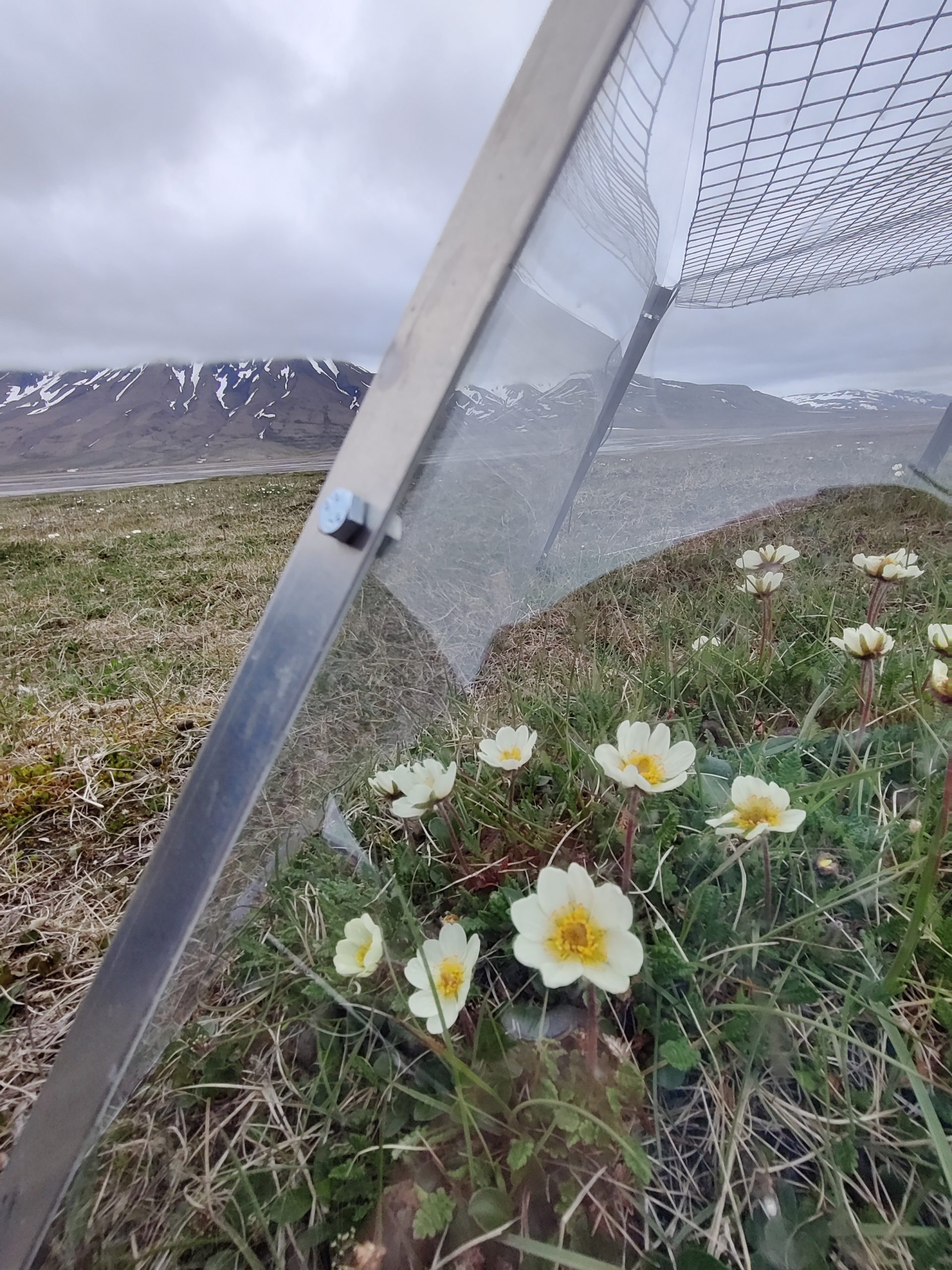We had another busy summer in the field!
Our intern Clara Wilcock helped a lot the whole summer season, and it was amazing to not only have help but also company both in the field and the lab. She will soon write a blog post about her internship!
Our master's student Fredrik Selmer has also been of great help. He started working on the project in May, with the focus on invertebrate decomposition, and he will also have a blog post about it soon.
The summer season started in early June with harvesting the first batch of decomposition bags and plant root simulator probes (PRS probes from Western AG) that I mentioned in my last post. This happened as soon as the ground had thawed, and the PRS probes were washed with MQ-water and a soft toothbrush in the lab within a few days from harvesting. The litter from the litterbags were transferred into small paper bags, so called “coin bags” and dried. The dry litter was then weighed by Clara and will be compared to the initial weight. The second batch was harvested in the beginning of September, and the same methods as described earlier applied. The decomposition dataset is the data from the first PhD study, and the data analyzing is about to start.
This summer we also had two weather stations in the field, one close to the moss site and one close to the dryas sites, to get additional weather data. They seemed to work quite well, and we got them down just in time for the reindeer rutting season, so they are still intact and can be used next year as well. That is more than can be said about the HOBO data loggers that we have used to log soil moisture. We have been very unlucky with them this year, and almost a third of them drowned in the snowmelt this spring, because of unusually large amounts of snow, and some of them got destroyed by reindeer in early September due to the rutting season. Last year the reindeer did not go for the HOBOs at all, but rather the metal exclosures that we have covering the plots, but this year it was the other way around. It is very difficult to predict what they will go for. Winter also came very early this year and we didn´t have time to download the tinytag temperature data from the ground before the ground froze, so it was very tricky to find the loggers in the frozen and in some parts ice-covered ground. We managed to find most of them, but the rest of that data must be downloaded when the ground has thawed. It is very important to have “Arctic flexibility” when it comes to research here, because things change all the time!
The biggest field and lab campaign this summer was my N15 study. In early July Clara and I injected N15 labelled ammonium in 9 points in an area of 20 x 20 cm in the upper right corner of the 60 research plots. We also installed 20 extra 20 x 20 cm plots in close relation to our research sites for natural N15 analysis, since it is a substance that we naturally have in the environment. After 2 weeks all the living vegetation in all the research plots and extra plots was harvested. Two 20 cm long soil cores of a diameter of about 6 cm were taken in every plot, making up to 160 soil cores in total. After this the harvested vegetation was sorted into species in the lab, except for grasses that we just put together since we were running out of time. Roots were taken out of the soil cores and sorted by size, and 4 different soil samples were taken. These were a microbial sample, that went straight into the –80 freezer. A fresh weight/dry weight sample, a sample for water extraction, and a sample for chloroform fumigation following a water extraction. These samples will be taken to Anders Michelsen at the University of Copenhagen for further analysis, and we hope for some interesting results!
Both the field work and the lab work were super intense because everything had to be processed as fast as possible, but we managed with the help of interns and volunteers. Once again, a big thank you to everyone who helped!
The last thing we did in early September was to insert the ingrowth bags for my last study in the field. Every plot got 4 small cylindrical bags with 40 g of acid washed quartz sand. Two of them will be harvested in the early Summer and the last two in Autumn.
I have also been working on science outreach this summer on an Instagram account called “terra_svalbard”, with weekly updates on what I have been doing. TERRA will be presented at the SCOPE conference at UNIS next weekend, and the N15 project will be presented with a poster both at SCOPE and at Svalbard Science Conference 2023.
All in all, we accomplished a lot this summer, and the project is going according to plan!
Emelie

